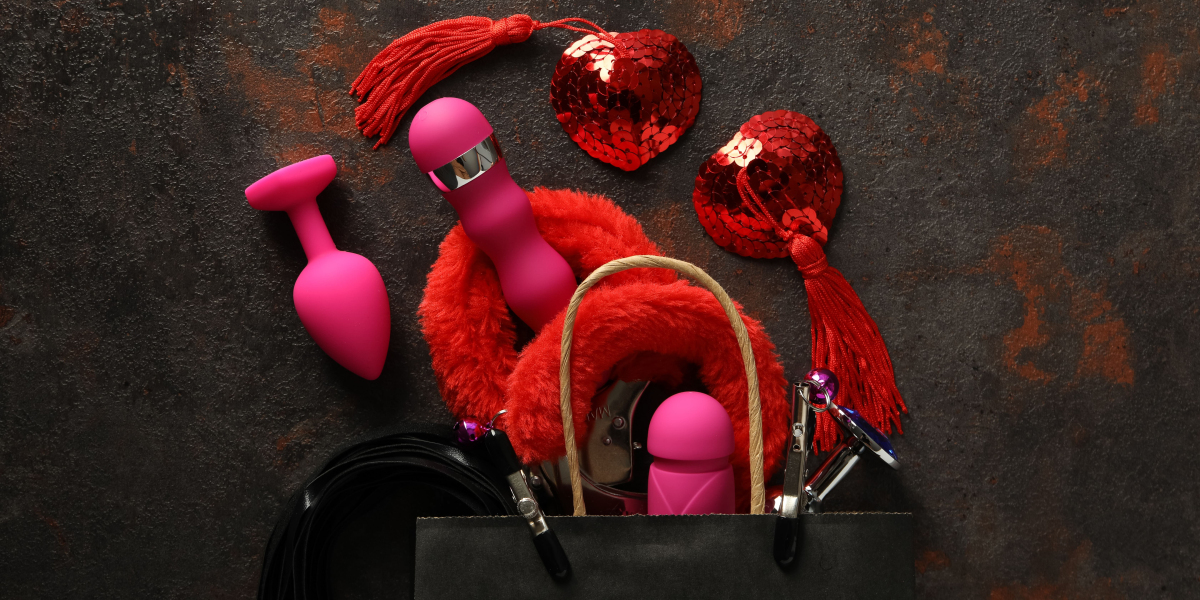What Are Lederhosen Made From? Leather Types Explained
Lederhosen, the iconic symbol of Bavarian tradition, are more than just festive attire. These rugged yet stylish shorts are crafted with care, using high-quality leathers that give them their long-lasting appeal. Whether worn at Oktoberfest or for traditional ceremonies, the material used in Lederhosen plays a crucial role in comfort, durability, and style. In this comprehensive guide, we'll explore the types of leather used to make authentic men's Lederhosen and what makes each one special. We'll also provide helpful tips for care and selection, along with some important FAQs. So, whether you're shopping for your first pair or want to understand the value of the leather, this post covers it all.
1. Why the Leather Matters in Traditional Lederhosen
The soul of any Lederhosen lies in the leather. The choice of leather affects everything from its texture to how it molds to your body over time. Traditional German craftsmanship relies on authentic animal hide, ensuring both beauty and function. High-quality Lederhosen are usually hand-stitched and made to last for generations, provided you treat the leather right. These garments are not just about appearance—they're about storytelling through time-tested material.
2. Goat Leather: A Popular Choice for Durability
One of the most commonly used materials in modern Lederhosen is goat leather. Known for its fine grain and soft texture, goat leather is durable and holds up exceptionally well against daily wear. It’s also more affordable than some other leather options, making it perfect for first-time buyers. The flexibility of goat hide allows for easy movement while maintaining a traditional look. Many prefer it because it develops a unique patina over time, making each pair truly one-of-a-kind.
3. Deer Leather (Hirschleder): Luxurious and Traditional
If you're looking for premium quality, deer leather is often considered the gold standard for Lederhosen. Known as Hirschleder in German, this leather is exceptionally soft, breathable, and luxurious. It conforms to your body over time, offering unmatched comfort and fit. While it's usually more expensive, many traditionalists swear by deer leather for its elegance and longevity. You can find many top-tier models like the Alpine Hubert Herren Lederhose that feature this prestigious material, offering a balance of tradition and sophistication. Check this style out here if you want a refined and authentic look.
4. Cowhide Lederhosen: The Budget-Friendly Option
Cowhide is another widely used material in Lederhosen making. While it's slightly stiffer than goat or deer leather, it offers strong durability and a rugged look. This makes it perfect for workwear or outdoor settings. Cowhide Lederhosen often take longer to break in but reward wearers with a reliable, rustic finish. They’re usually heavier and less flexible but are valued for their toughness and cost-effectiveness.
5. Wild Boar Leather: Rare But Resilient
Less common but extremely robust, wild boar leather offers a thick, almost armor-like texture that can handle the roughest activities. While it’s not a frequent choice due to scarcity and higher costs, some collectors and enthusiasts look for it for its exotic appeal. Its grainy surface makes it distinctive, and it's often used for custom-made pieces or ceremonial garments.
6. Nubuck and Suede Finishes in Lederhosen
While not technically different leathers, nubuck and suede refer to finishes applied to cowhide or other hides. Nubuck is made by sanding the top layer, resulting in a soft, velvety surface. Suede, on the other hand, is created from the inner side of the hide, giving a more delicate texture. These finishes provide a refined, smooth appearance and are popular in more stylish or modern cuts of Lederhosen.
7. The Importance of Tanning in Lederhosen Leather
The tanning process used in making Lederhosen leather has a massive impact on quality. Vegetable tanning is the traditional method, which uses natural tannins and results in environmentally friendly, breathable leather. Chrome tanning, though faster and cheaper, doesn't offer the same patina or softness over time. Authentic Bavarian tanners often opt for vegetable tanning to preserve the cultural and ecological aspects of the craft.
8. Handmade vs. Machine-Made Lederhosen: What’s the Difference?
Authentic Lederhosen are often handmade, which enhances their value and durability. Artisans carefully cut, stitch, and embroider each piece, giving attention to detail. This craftsmanship is hard to match with machine-made alternatives, which may use synthetic materials or mass-produced techniques. If you're investing in a genuine pair, look for details like hand embroidery, thick stitching, and leather that feels alive in your hands.
9. How to Identify Genuine Leather in Lederhosen
Spotting real leather can be tricky, especially with increasing availability of faux options. Genuine leather has an uneven grain, natural scent, and soft but firm feel. Fake leather, often made from plastic or rubber compounds, tends to have a consistent pattern and chemical smell. Look for tags and ask about the type of leather used. Sites like The Lederhose Herren offer clear descriptions and transparency in material quality.
10. How Leather Type Affects the Fit of Lederhosen
Different leathers stretch and mold differently. Deer leather stretches the most, adapting to your body, while cowhide and wild boar remain more rigid. This makes understanding fit essential before purchase. Learn more about choosing the correct fit from this helpful fit guide on Lederhosen to ensure comfort and mobility for any occasion.
11. Caring for Leather Lederhosen Properly
To extend the life of your Lederhosen, proper care is crucial. Always air-dry them after use and avoid direct sunlight. Clean with a soft brush or damp cloth—never soak in water or use harsh chemicals. Leather conditioners can help maintain softness, especially for deer and goat hides. For suede or nubuck finishes, use a dedicated brush to maintain texture.
12. The Environmental Aspect of Traditional Leather
Unlike fast fashion, traditional Lederhosen are meant to last for years—sometimes decades. When sourced responsibly, leather can actually be a sustainable material. The longevity of the garment reduces waste, and natural tanning methods lower environmental harm. Always check the source and tanning process before buying.
13. Why Some Lederhosen Are More Expensive Than Others
Price differences are usually due to the type of leather, craftsmanship, and authenticity. Deer leather and handmade embroidery raise the price significantly. Machine-stitched or cowhide options are more affordable but might lack the charm of artisan-made pieces. The fit, detail, and longevity all contribute to the value.
14. How Leather Enhances the Authentic Bavarian Look
Nothing beats the authentic Bavarian style quite like real leather Lederhosen. The material gives structure and weight to the garment, contributing to the classic, masculine silhouette. Paired with a checkered shirt and Haferlschuhe, leather completes the traditional Alpine outfit in a way fabric alternatives never could.
15. Where to Buy Quality Leather Lederhosen
When shopping for genuine leather Lederhosen, always choose a trusted source that offers clear details about the material and origin. Online stores like The Lederhose Herren provide a curated range of authentic styles with transparency about leather types and craftsmanship, making them a reliable place for traditional German attire.
FAQs – Quick Answers About Lederhosen Leather
1. What's the best leather for comfort?
Deer leather is the softest and most breathable, perfect for comfort and a tailored fit.
2. How do I clean my Lederhosen?
Use a damp cloth for surface dirt. Avoid soaking and always air dry.
3. Can I wear Lederhosen in summer?
Yes! Goat and deer leather are breathable and perfect for warmer weather.
4. Are all Lederhosen handmade?
Not all. Machine-made versions exist but may lack detail and durability.
5. Is faux leather used in authentic pieces?
Authentic Lederhosen avoid faux leather. Always check material descriptions.
6. How long do real leather Lederhosen last?
With proper care, they can last 10–20 years or even longer.








